

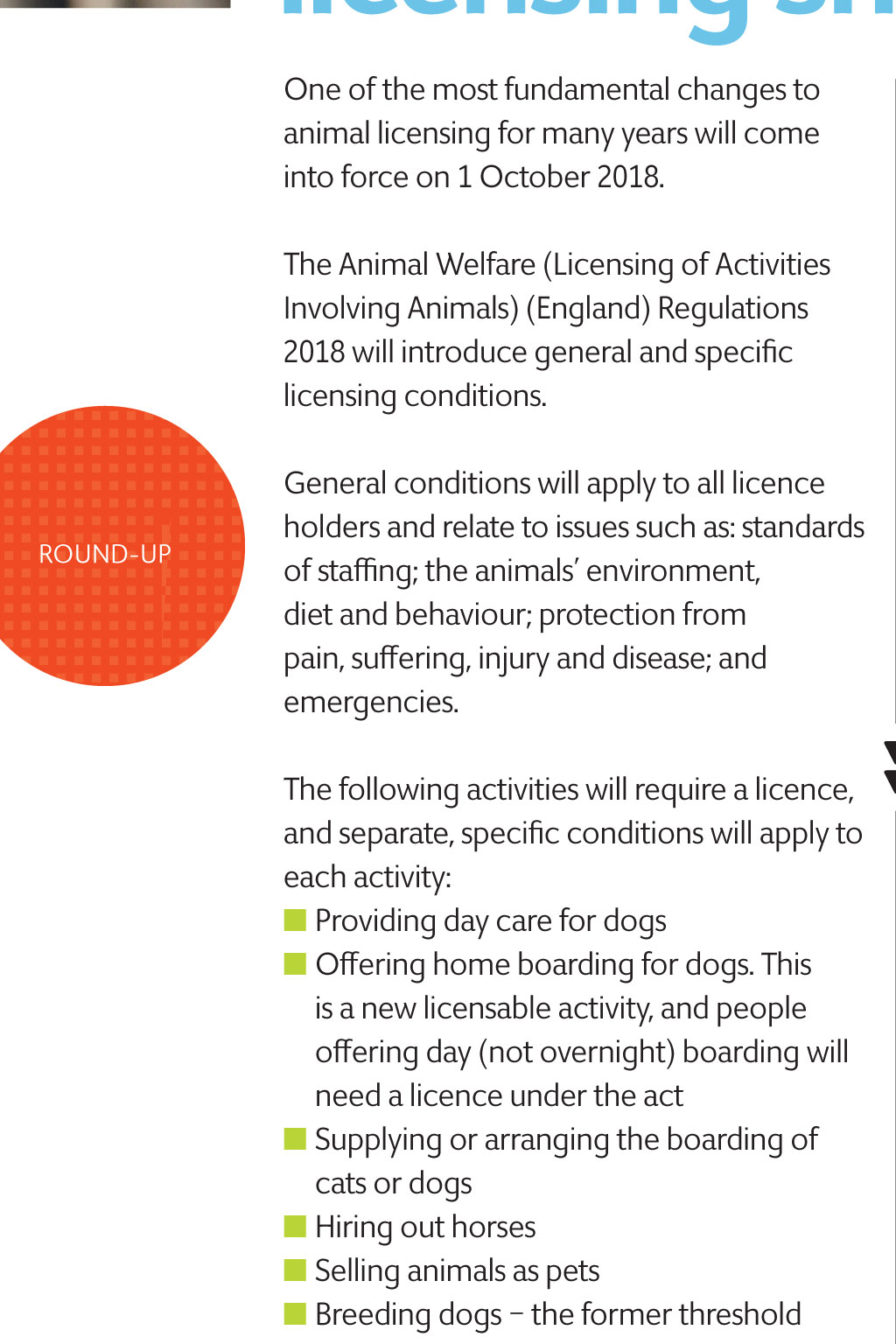
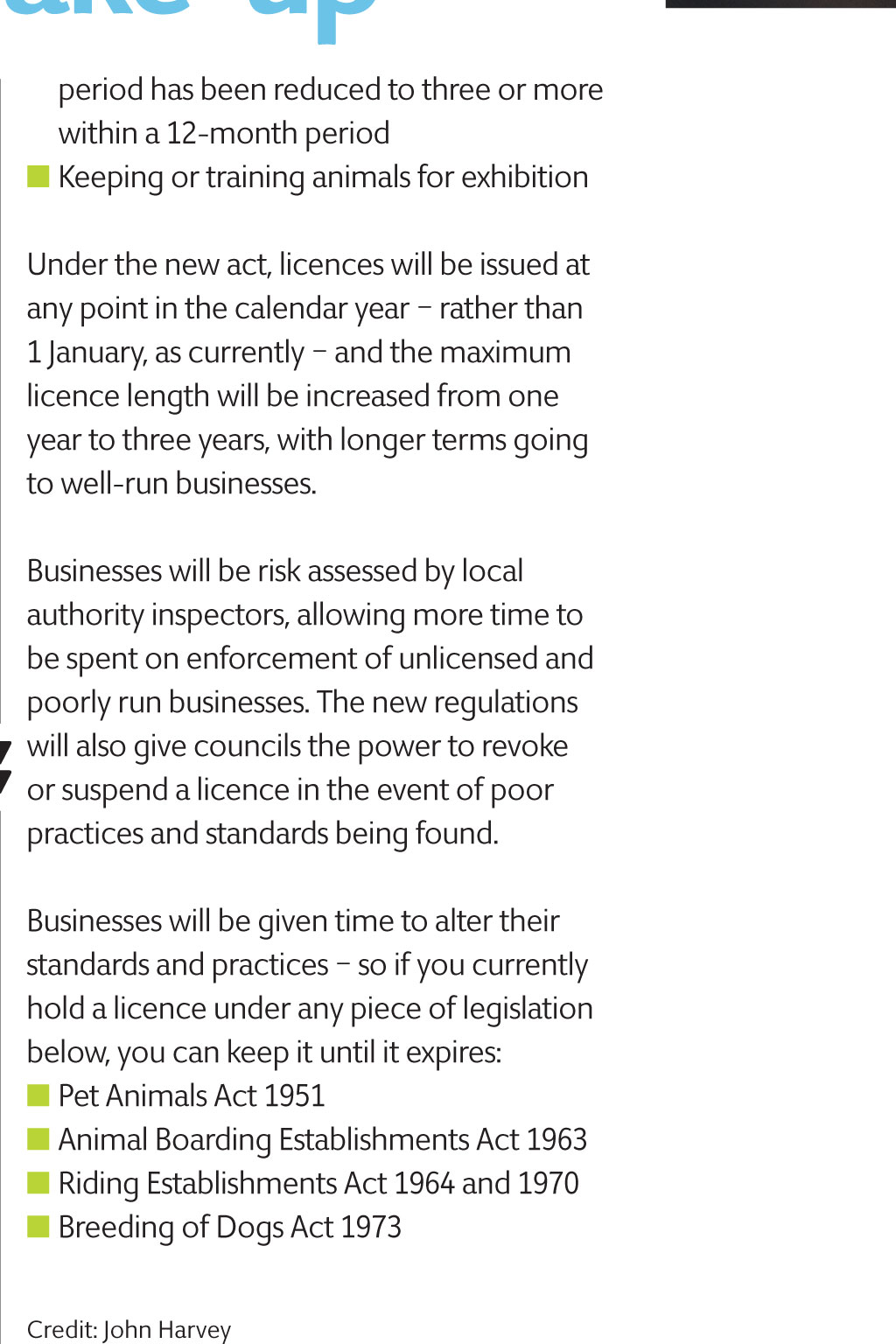
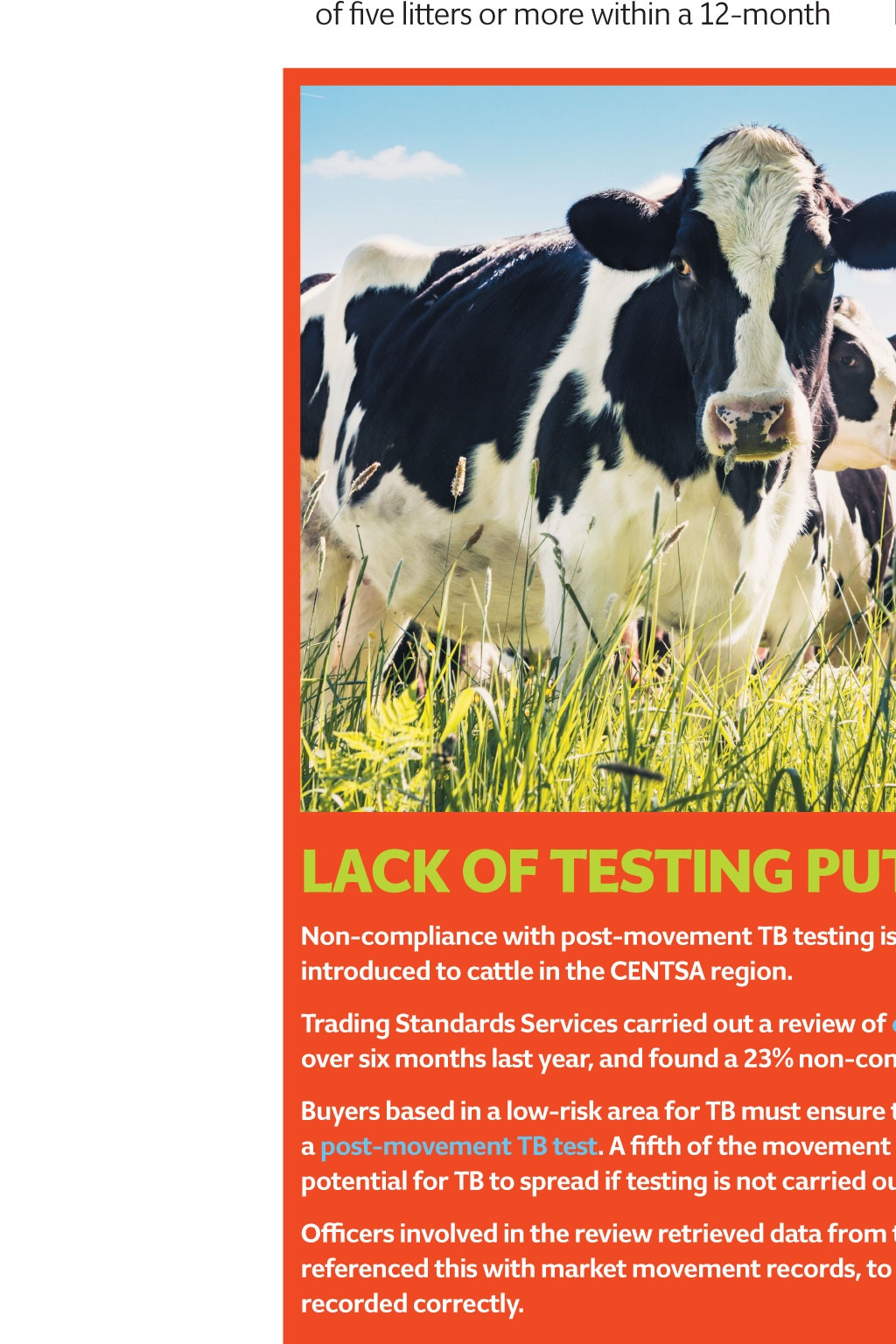
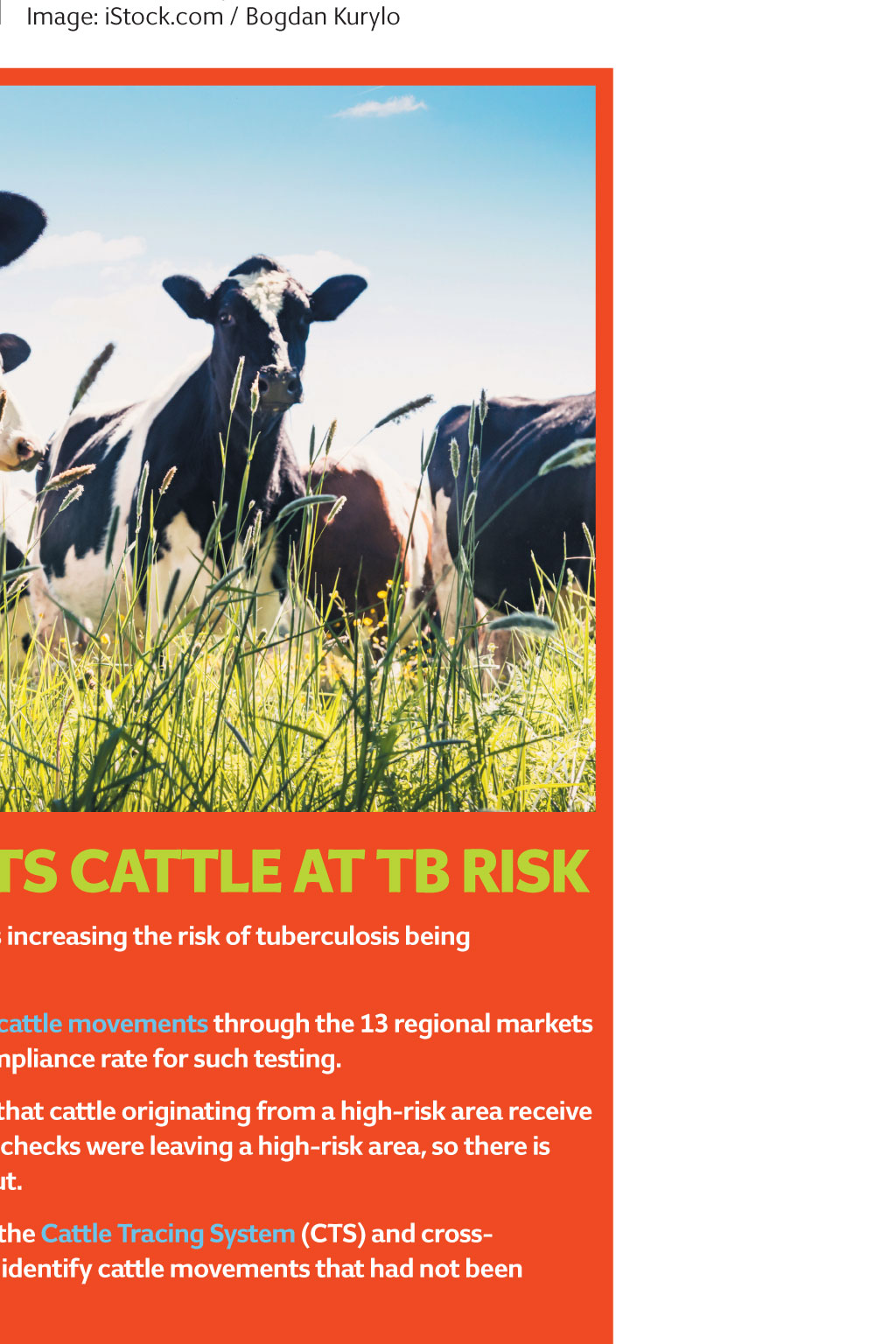
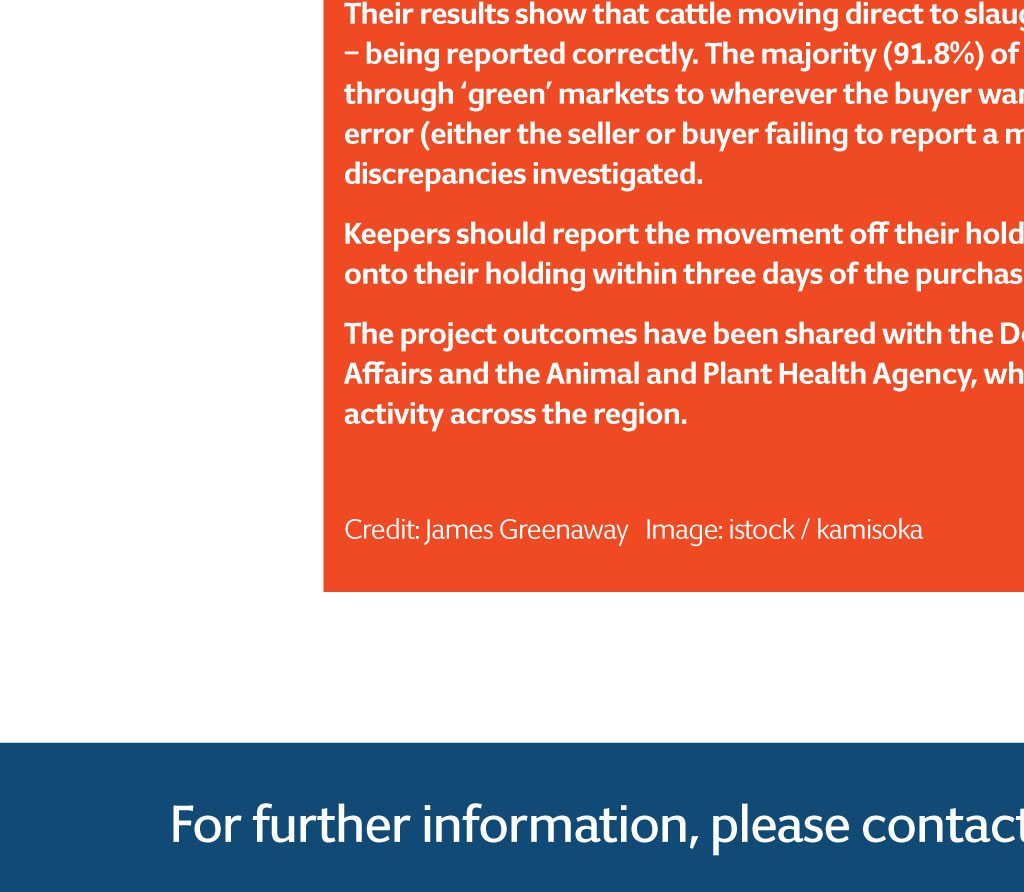









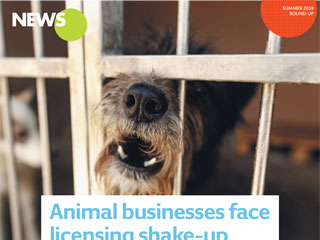
Summer 2018 round-up Animal businesses face licensing shake-up round-up One of the most fundamental changes to animal licensing for many years will come into force on 1 October 2018. period has been reduced to three or more within a 12-month period nKeeping or training animals for exhibition The Animal Welfare (Licensing of Activities Involving Animals) (England) Regulations 2018 will introduce general and specific licensing conditions. Under the new act, licences will be issued at any point in the calendar year rather than 1 January, as currently and the maximum licence length will be increased from one year to three years, with longer terms going to well-run businesses. General conditions will apply to all licence holders and relate to issues such as: standards of staffing; the animals environment, diet and behaviour; protection from pain, suffering, injury and disease; and emergencies. The following activities will require a licence, and separate, specific conditions will apply to each activity: nProviding day care for dogs nOffering home boarding for dogs. This is a new licensable activity, and people offering day (not overnight) boarding will need a licence under the act nSupplying or arranging the boarding of cats or dogs nHiring out horses nSelling animals as pets nBreeding dogs the former threshold of five litters or more within a 12-month Businesses will be risk assessed by local authority inspectors, allowing more time to be spent on enforcement of unlicensed and poorly run businesses. The new regulations will also give councils the power to revoke or suspend a licence in the event of poor practices and standards being found. Businesses will be given time to alter their standards and practices so if you currently hold a licence under any piece of legislation below, you can keep it until it expires: nPet Animals Act 1951 nAnimal Boarding Establishments Act 1963 nRiding Establishments Act 1964 and 1970 nBreeding of Dogs Act 1973 Credit: John Harvey Image: iStock.com / Bogdan Kurylo Lack of testing puts cattle at TB risk Non-compliance with post-movement TB testing is increasing the risk of tuberculosis being introduced to cattle in the CENTSA region. Trading Standards Services carried out a review of cattle movements through the 13 regional markets over six months last year, and found a 23% non-compliance rate for such testing. Buyers based in a low-risk area for TB must ensure that cattle originating from a high-risk area receive a post-movement TB test. A fifth of the movement checks were leaving a high-risk area, so there is potential for TB to spread if testing is not carried out. Officers involved in the review retrieved data from the Cattle Tracing System (CTS) and crossreferenced this with market movement records, to identify cattle movements that had not been recorded correctly. Their results show that cattle moving direct to slaughter, from a red market, are on the whole being reported correctly. The majority (91.8%) of discrepancies found were for cattle moving throughgreen markets to wherever the buyer wants them to go for example, a farm. Human error(either the seller or buyer failing to report a movement correctly) made up 80% of the discrepancies investigated. Keepers should report the movement off their holding on CTS and buyers must report the movement onto their holding within three days of the purchase at market. The project outcomes have been shared with the Department for Environment, Food and Rural Affairs and the Animal and Plant Health Agency, which will use them to develop targeted enforcement activity across the region. Credit: James Greenaway Image: istock / kamisoka For further information, please contact your local Trading Standards Service